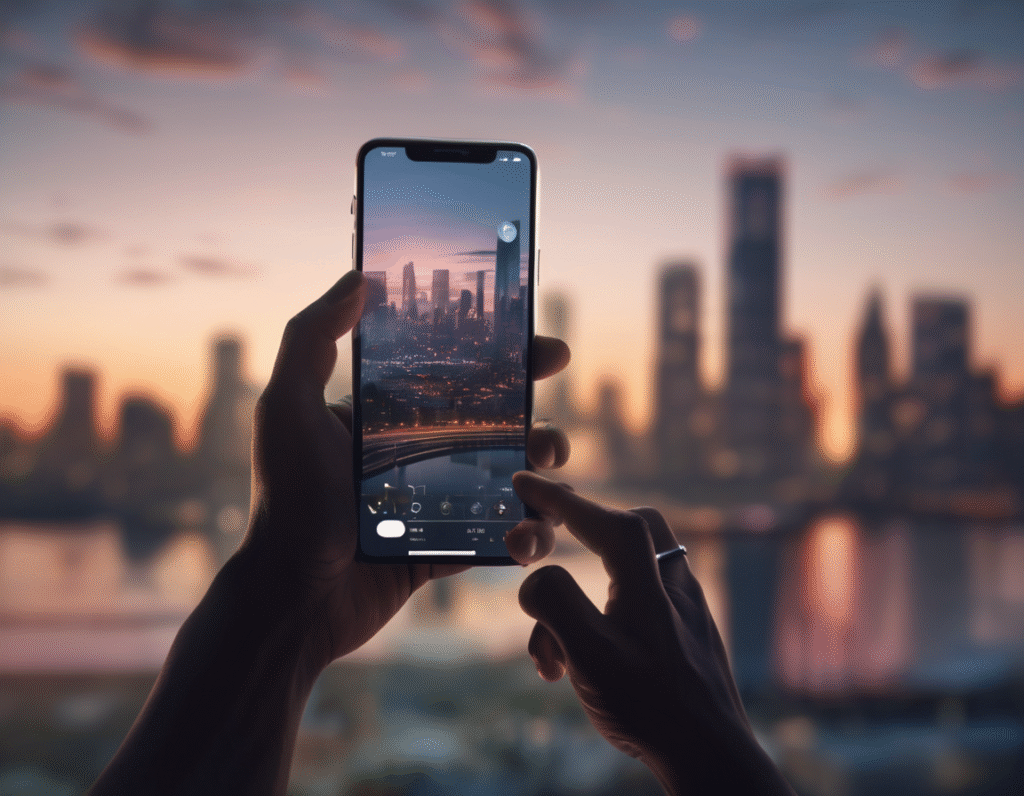The Ultimate Guide to Choosing Your Next Smartphone in 2025 You probably have a good idea of what you want in your next phone, but the sheer number of excellent options available today makes the final decision more complex than ever. Whether you are loyal to iPhone or prefer the flexibility of Android, navigating the current market requires a bit of guidance. At Engadget, we test and review phones constantly. Our experience has shown that the best phone for you depends entirely on your individual needs and how you plan to use the device. Here is a breakdown of the key factors to consider in 2025. The Operating System Divide: Android or iOS Your first major decision is the operating system. Apple’s iOS offers a seamless, integrated experience if you are already invested in its ecosystem with products like Macs and iPads. Sharing data and handing off tasks between devices is incredibly smooth. The trade-off is being locked into Apple’s walled garden. Android, championed by Google and manufacturers like Samsung, provides a wider variety of hardware at nearly every price point. You have more choice in design and features. However, Android phones typically receive software updates for a shorter period than iPhones and can have lower resale value. If you and your family are already using one platform, switching can be more hassle than it’s worth. Camera Capabilities: More Than Just Megapixels For most people, a smartphone is their primary camera. Virtually every modern phone takes great photos in good lighting. The differences become apparent in low-light performance and zoom capabilities. Mid-range phones often only have two rear cameras: a standard wide-angle and an ultra-wide. If you want a dedicated telephoto lens for clear zoomed-in shots, you will likely need to step up to a premium model. Also, consider unique software features; Google Pixels, for instance, are renowned for their computational photography and special modes like Action Pan. Connectivity: Understanding 5G and Wi-Fi Most phones now support 5G and Wi-Fi 6, which is sufficient for the vast majority of users. However, if you demand the absolute fastest speeds, you may want to look for specific features. MmWave 5G offers blistering download speeds but is primarily available in dense urban areas and requires a more expensive modem, making it rare on budget devices. Similarly, Wi-Fi 7 is the latest wireless standard, found on some high-end models like the Galaxy S25. But to actually use it, you need a compatible Wi-Fi 7 router at home. For most, the lack of mmWave or Wi-Fi 7 should not be a dealbreaker. Other Key Considerations Think about how you use your phone. Mobile gamers will appreciate a smooth 120Hz display refresh rate for fluid gameplay. If all-day battery life is a priority, look for a phone with a large battery capacity, typically between 4,000 and 5,000 mAh. Some users might value convenience features like reverse wireless charging to power up earbuds or a smartwatch directly from their phone. How Long Will Your Phone Last? Smartphones are built to last for years. The two main factors affecting longevity are software support and battery health. Apple promises around five years of iOS updates for its newest iPhones, while Google matches that for its Pixel line. Samsung guarantees four years of Android updates. The battery will naturally degrade over time with regular charging cycles, but it is often a replaceable component that can extend your phone’s life. Ultimately, the best smartphone is the one that fits your lifestyle and budget. High-end models offer top-tier performance and cameras that will stay relevant for years, while more affordable options capably handle the essentials without the premium price tag. By focusing on the features that matter most to you, finding your perfect phone is easier than it seems.


